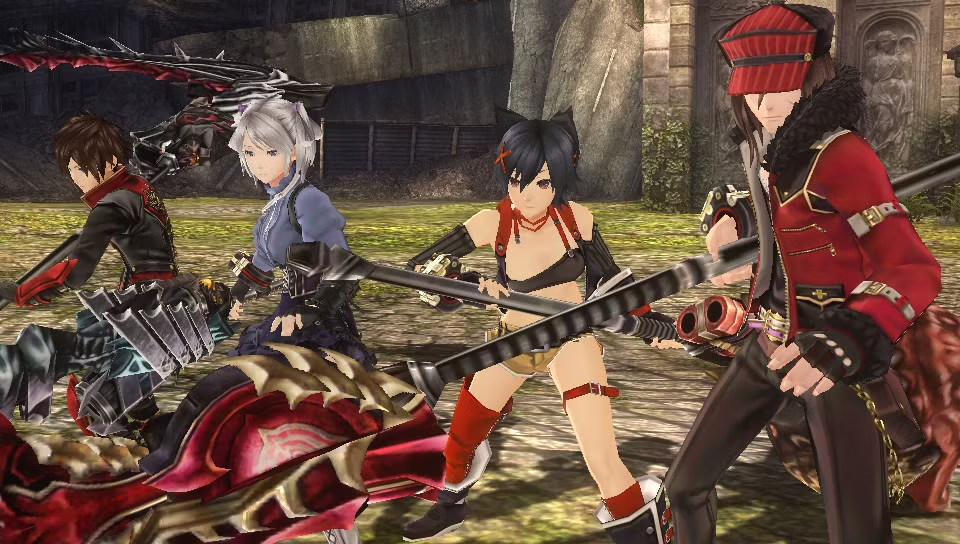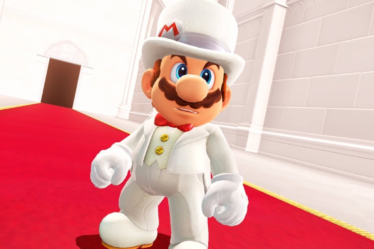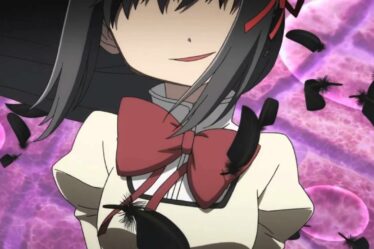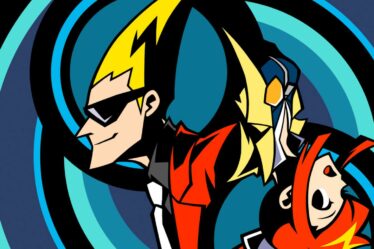
This article was originally published in Italian on Thegamesmachine.it in 2016.
Following a path almost identical to that of Sword Art Online Re: Hollow Fragment, God Eater 2: Rage Burst finally arrives in Europe, years after its original release on Sony PSP. In one dazzling package, the masterminds at Bandai Namco have decided to pour everything they know about the God Eater franchise into it. Alongside the definitive edition of the second installment, they’ve also included a remake of the first chapter, complete with all the additional content absent from the original Western release, then titled Gods Eater. Ah, the days of the PSP, owned by just a few lucky souls!
But what exactly is God Eater, which positions itself as one of many JRPGs with colorful characters ready to be cosplayed by eager fans rushing to Lucca? Despite its flaws, the title can be considered the flashier cousin of Monster Hunter—or better yet, a more “arcade-like” incarnation of it.
Not that Capcom’s title has any real simulation ambitions, mind you, but the moment you take control of the characters in the arenas scattered throughout the game, it becomes clear that the similarities between the two are merely superficial. Sure, just like in Capcom’s wildly popular hunting game, in God Eater 2: Rage Burst (and God Eater Resurrection, which is practically an expansion), you’ll be smashing foes of all shapes and sizes with different weapons. However, the key difference lies in the pacing: battles are much faster, and you’ll progress without the “tediousness” typical of Monster Hunter’s crafting system. This makes Bandai Namco’s title far more accessible than its direct competitors, including Koei Tecmo’s Toukiden series.
Additionally, unlike the aforementioned Capcom title, God Eater puts a stronger emphasis on its cast, weaving tales of mostly teenage protagonists grappling with a harsh, ruined world dominated by monstrous creatures called Aragami—literally “violent gods,” a name inspired by their resemblance to Asian deities.
In this review, I’ll focus solely on God Eater 2: Rage Burst, though much of what I’ll say also applies to God Eater Resurrection, a revamped remake of the first game, which includes content inspired by the recent anime series produced by Ufotable (available in Italy via Dynit and VVVVID.it, where it’s free to watch). Incidentally, God Eater Resurrection should be played after the second episode, as it was released later in Japan and allows you to import the protagonist from the sequel.
Now in its third iteration, God Eater 2: Rage Burst offers a lengthy adventure that could keep completionist players busy for over 100 hours. All the DLC content from the Japanese version is included and ready to play, with both games functioning in essentially the same way. A few welcome additions—like new weapon types, blood-related special techniques (after all, the protagonists are part of a team named, with great originality, “Blood”), and a significantly sped-up combat rhythm—enhance the experience.
If nothing else, the increased speed ensures that missions, which might have taken 20 minutes to complete in the predecessor, can now be wrapped up much faster. This sense of pace improves even further if you opt to team up with online friends instead of relying on the colorful AI co-protagonists. At the start of each mission, you can customize your team of warriors, tweaking their skills and bonuses. Meanwhile, in the later stages, much of the time spent outside the combat arenas is dedicated to crafting or upgrading weapons using a simple system that allows for the “fusion” of abilities from other tools of war found during quests. Notably, even the bullets fired by the God Arc—the shapeshifting weapon used by the heroes and the namesake of the series—can be customized. One of the game’s standout features is the ability to “devour” enemies with the God Arc, assimilating their powers and enhancements.
As tradition dictates, the player-controlled hero is once again created using an editor capable of bringing to life even the most cliché anime-inspired designs, cat ears (nekomimi) included! There’s a lot of depth to the gameplay and strategy, though watching a battle might deceive you into thinking the combat is overly simplistic. With only two attack buttons and a limited number of combos, how can a game like this satisfy hardcore players? The answer is simple: Bandai Namco’s title shines in the later stages, where it reveals its complexity after overcoming the monotony of early hunts and repeated situations. It’s in these advanced phases that the game allows for experimentation, gradually transforming basic techniques into something more intricate. However, this approach might deter players looking for a lighter, faster-paced experience—those likely drawn to the game’s youthful, J-pop aesthetic showcased in its animated opening but hesitant to invest hours upon hours into defeating the same enemies.
That said, God Eater 2: Rage Burst avoids the downtime typical of its direct competitor. The focus here is on adrenaline-pumping action and the interpersonal relationships between characters, explored through brief (and almost never particularly meaningful) cinematic scenes that, at the end of missions, delve into the organization’s history and the backgrounds of its young heroes.
While the narrative framework is little more than a backdrop to the action, it’s easy to be drawn into the post-apocalyptic atmosphere of the God Eater world. However, seasoned players are unlikely to find many truly memorable moments by the time the credits roll, especially if they attempt to play through both the second installment and the remake in one go. This is an experience best avoided, particularly in single-player mode.
Finally, a quick note on the technical aspects. As I often like to remind readers, this is based on a portable title from the previous generation. The game’s PSP origins are especially evident in the small size of the explorable environments, while the most significant graphical improvements are once again reserved for the character models and their expressions. In many ways, this recalls the Final Fantasy Type-0 HD release from last year, though without the same level of technological ambition seen in Square Enix’s production. While the characters are saved by a pleasing manga-inspired art direction, the same cannot be said for the environments, which are bland and sparse—and, worse still, shared between the first and second episodes with no noticeable graphical improvements.
Another controversial point is the decision to cap the frame rate at 30fps on PS4, while allowing 60fps for PC players. This limitation was likely necessary to enable cross-play between PS4 and PS Vita, but for the single-player campaign, one might have expected a bit more effort from Bandai Namco. I tested the PC version and found that the higher frame rate significantly enhances the experience. When can we expect a patch, Bandai Namco?
A further criticism lies with the audio. Despite a well-crafted and varied orchestral soundtrack, the English voice acting and audio mixing are downright intolerable. The absence of the original Japanese voices likely stems from low sales projections for the Western market, but it’s still frustrating that on PS4, dialogue is often inaudible—even in scenes where the music falls silent. Truly baffling!
God Eater 2: Rage Burst and God Eater Resurrection are Bandai Namco’s answer to the dominance of the Monster Hunter series. Sold together for the price of a single game, they offer over 200 hours of gameplay, especially if you aim to achieve top rankings on every mission or play with friends. That said, this franchise revival is only a partial success on the technical front, and, as is often the case with games in this genre, it’s hard to recommend this collection of seemingly repetitive battles to anyone beyond hardcore hunting game fans. Still, as a hybrid of action and RPG, it’s worth the price.


